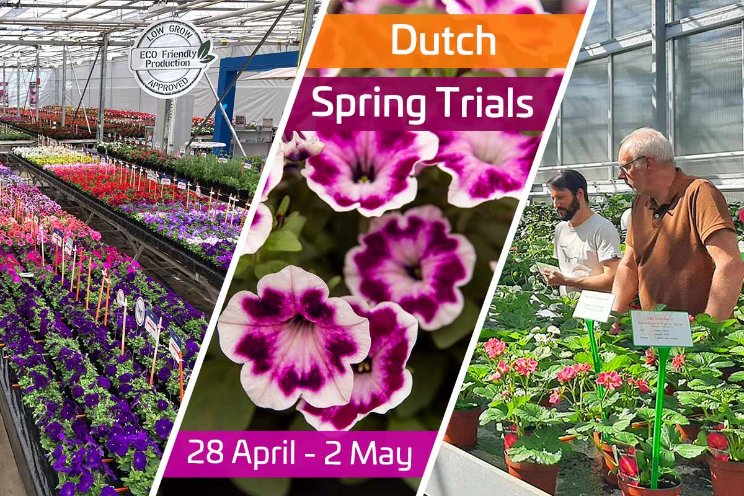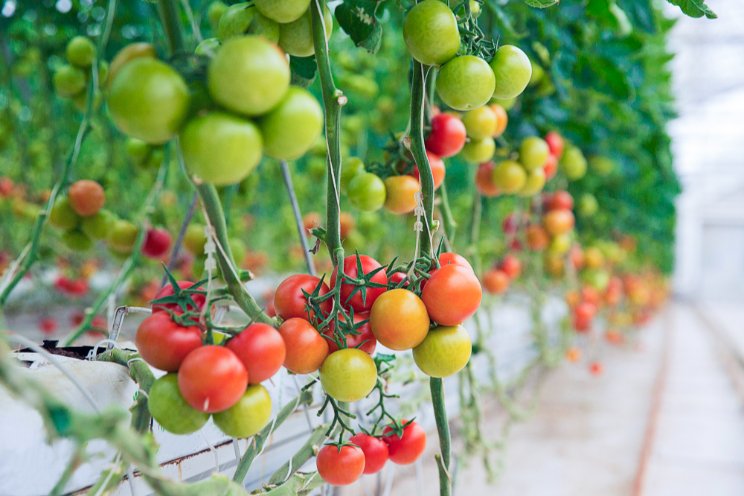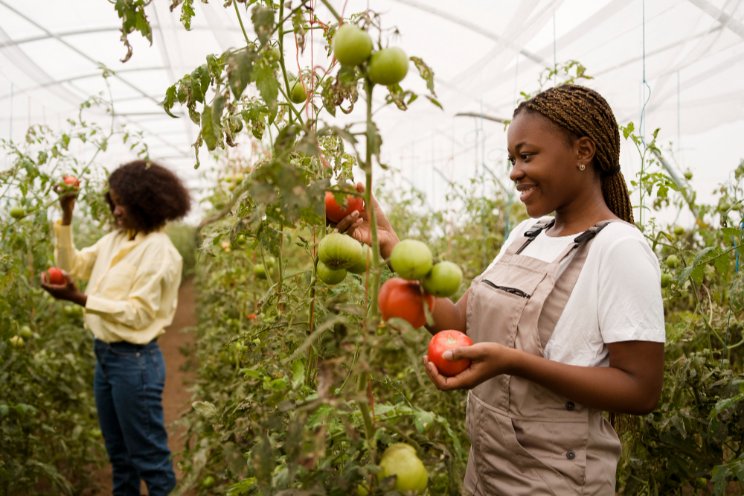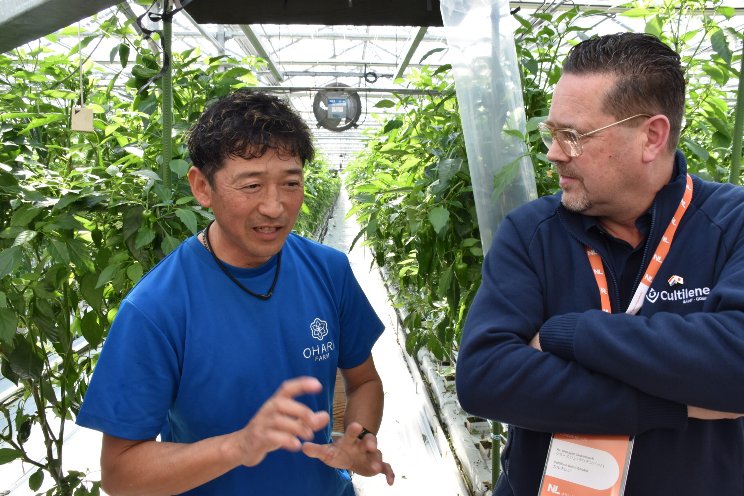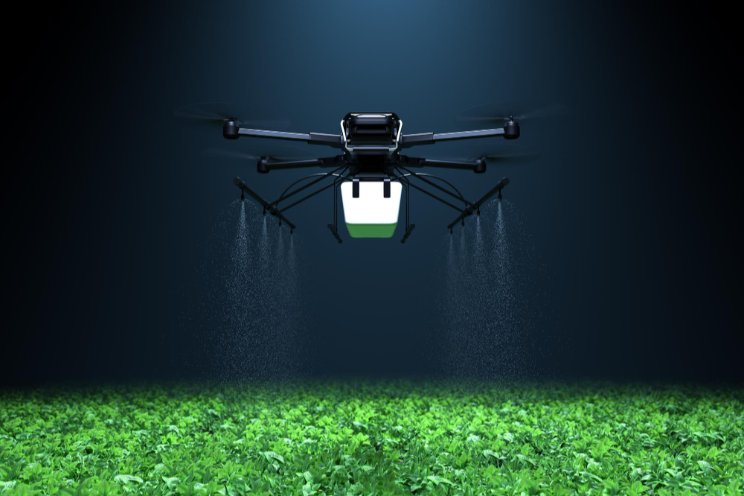Compare different types of container farms
Added on 26 April 2023

If you’re looking to open a container farm, you can choose to integrate containers from our partners, including LettUs Grow, Urban Crop Solutions, HRVST, and ZipGrow. The financials for each container type are incorporated into the financial modeling algorithm for Agritecture Designer, so you know that you’re getting the most accurate estimate possible.
To compare your different options for container farming templates, we built four different farm models in Agritecture Designer, each utilizing a different partner’s container template. Each farm model was located in Middleburg, Virginia, on a 10,000 sq. ft. land plot with 5 containers. In each scenario, the owner acted as the head grower with an intermediate level of experience, the farm was funded through equity, and the farm laborers were paid $15 an hour.
Each farm also grew a different crop since our library of crops includes over 80 varieties of different plants. With this kind of variety, you can build many different types of farms with different features and configurations.

Our first farm scenario was a spearmint facility with containers from ZipGrow. With this container farm, you could expect to bring in around $537,189 from your harvest. The farm could be paid back in 4.39 years. The CapEx is just under a million dollars, and the OpEx would be around a quarter of a million dollars each year.

Next, we modeled a mustard microgreens farm using HRVST containers. This farm had a higher CapEx at around $1.6M and an OpEx of $391,288, slightly higher than the spearmint farm. It also had a significantly higher maximum annual revenue of $867,860. This revenue is higher because of the higher price point that mustard microgreens can be sold for. The payback period was slightly lower than the spearmint farm.
Editor’s Note: This article is the second part in a series on container farming with Agritecture Designer. You can read the first article here.
Photo: Urban Crop Solutions’s container farms are a great option for a newbie to vertical farming. Credit: Urban Crop Solutions.
More news
